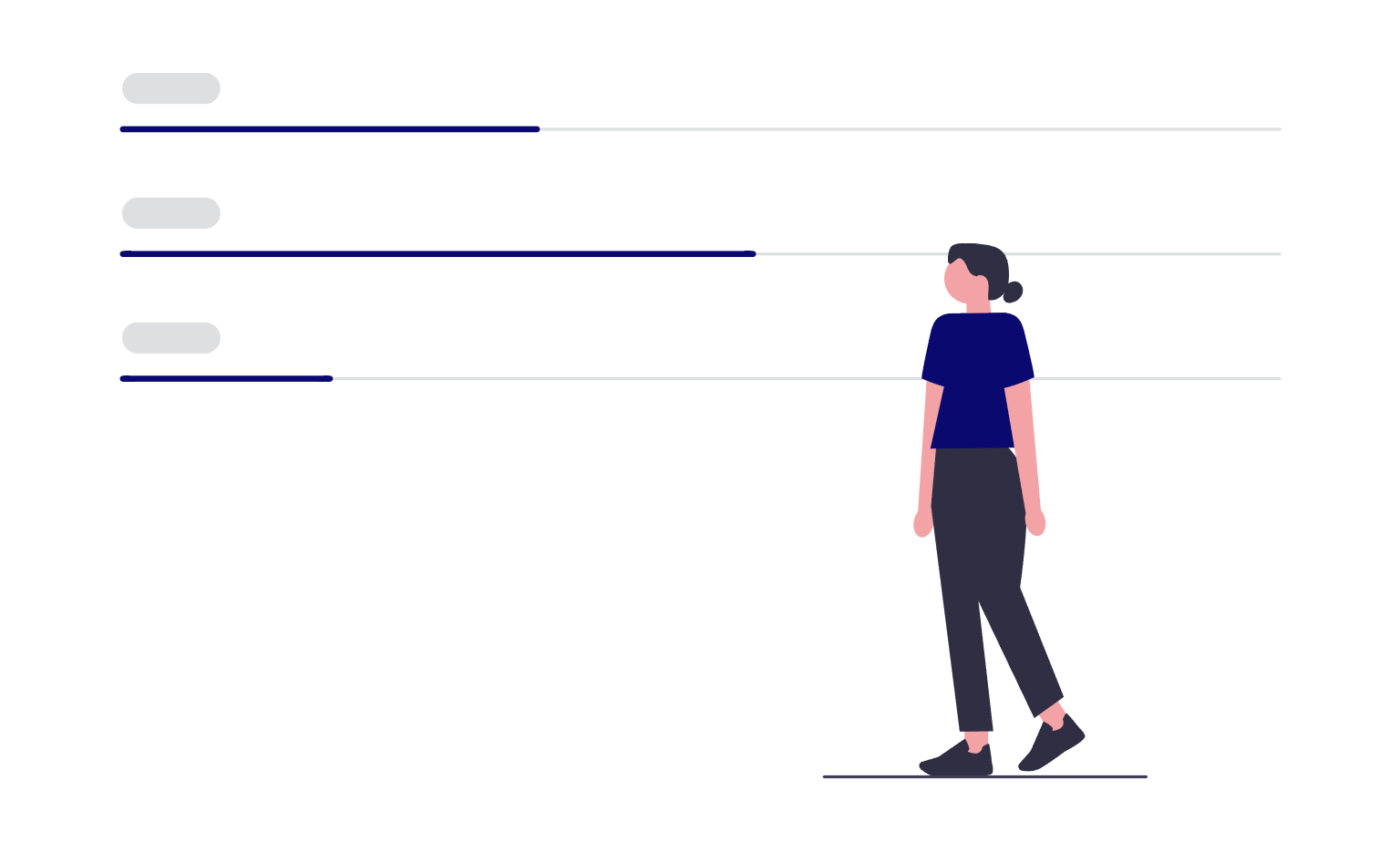
date: 2025-03-06 18:17:59
Starting a new business or expanding an existing one can be overwhelming. Many entrepreneurs hit a wall where they feel uncertain about whether their idea is financially viable, if they are targeting the right market, or if they should proceed at all. This is where a financial feasibility study becomes invaluable. It provides data-driven clarity, helping you make informed decisions and reducing the risks of failure.
In this comprehensive guide, we’ll explore what a feasibility study is, how it helps entrepreneurs break through uncertainty, and how to conduct one effectively.
A feasibility study is an in-depth analysis that evaluates the viability of a business idea. It looks at various factors including financial projections, market demand, operational requirements, and risk assessment to determine whether a business concept is practical and profitable.
Many entrepreneurs operate based on assumptions. A feasibility study replaces guesswork with hard data, ensuring you make decisions based on actual market conditions and financial realities.
A feasibility study highlights possible challenges, such as high competition, legal barriers, or financial shortfalls, allowing you to develop proactive solutions.
It outlines expected costs, pricing strategies, and revenue projections, helping you set realistic financial goals.
If you’re seeking funding, a feasibility study demonstrates to investors and lenders that you’ve done your homework, making them more likely to support your venture.
By identifying red flags early, a feasibility study helps avoid costly mistakes and wasted resources.
Be specific about your product or service, target market, and business objectives. Clarity at this stage ensures accurate research and analysis.
Analyze your industry, identify competitors, and assess customer demand. Tools like Google Trends, industry reports, and customer surveys can provide valuable insights.
List potential obstacles and plan strategies to mitigate them. This may include legal considerations, supply chain issues, or shifting consumer preferences.
Use the insights from your feasibility study to build a business plan with clear strategies for growth, funding, and sustainability.
Skipping thorough market research can lead to inaccurate conclusions. Ensure your data sources are reliable and up to date.
Underestimating competitors can result in unrealistic revenue projections. Study your competition carefully and determine your unique value proposition.
A feasibility study must include detailed cost estimates, revenue forecasts, and a break-even analysis. Poor financial planning can lead to unexpected shortfalls.
Entrepreneurs often assume their idea will succeed without considering potential setbacks. A feasibility study should be realistic, not idealistic.
Market conditions change, so regularly revisit your feasibility study to ensure your business remains viable.
Front Figure simplifies the feasibility study process by:
If you’re feeling stuck in your business journey, a feasibility study with Front Figure can give you the clarity you need to move forward with confidence.
A feasibility study is not just an optional step—it’s a critical tool for anyone serious about launching or expanding a business. By replacing uncertainty with data-driven insights, you can move forward with confidence, knowing your business idea has a solid foundation.
Are you ready to take the next step? Start your financial feasibility study today with Front Figure and gain the clarity you need to succeed!